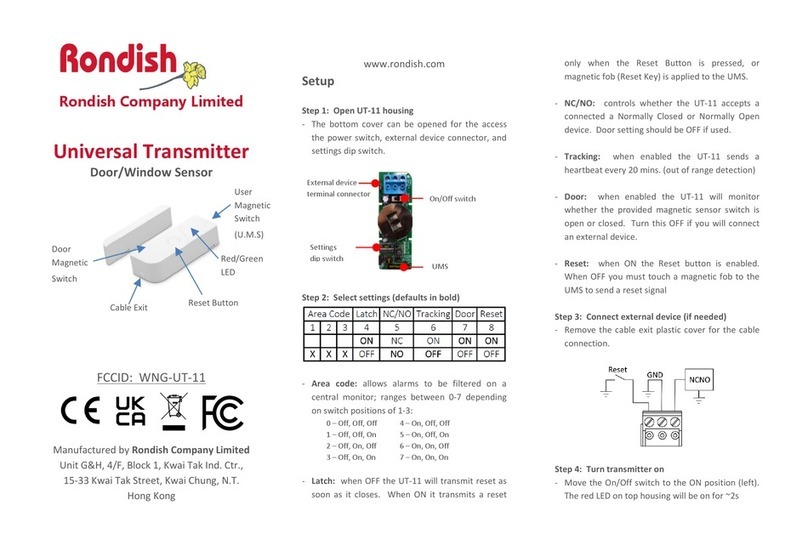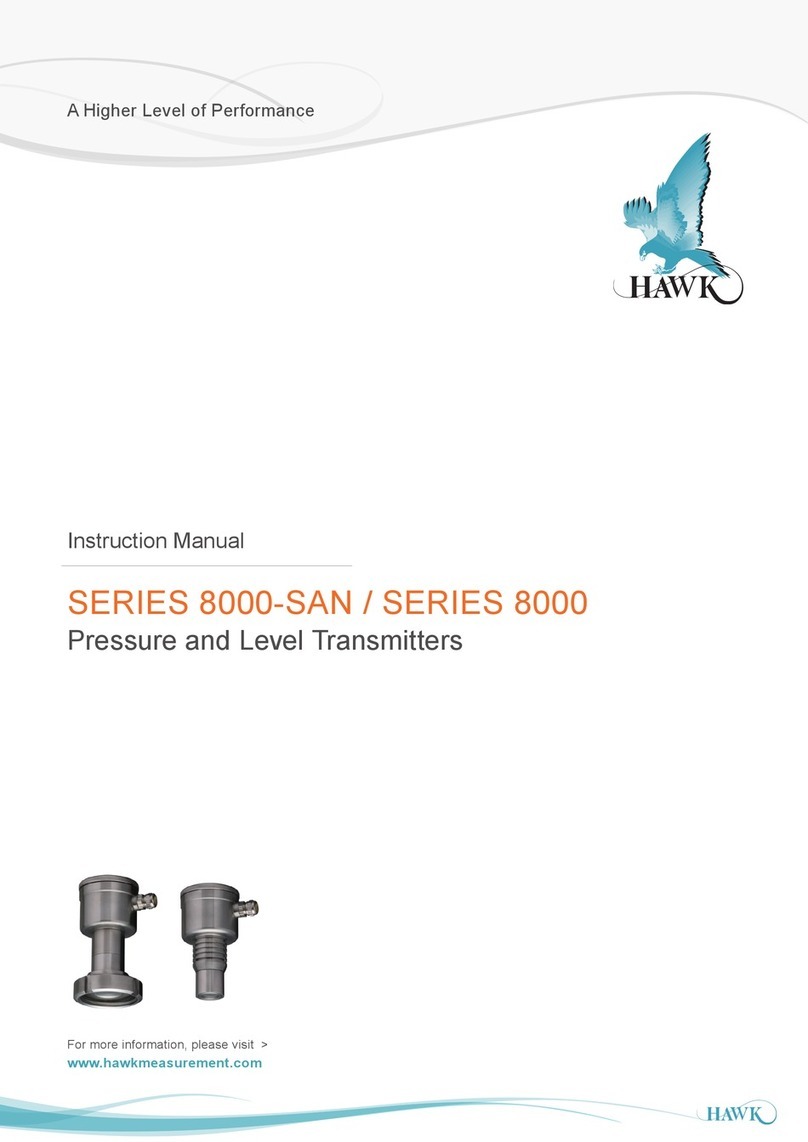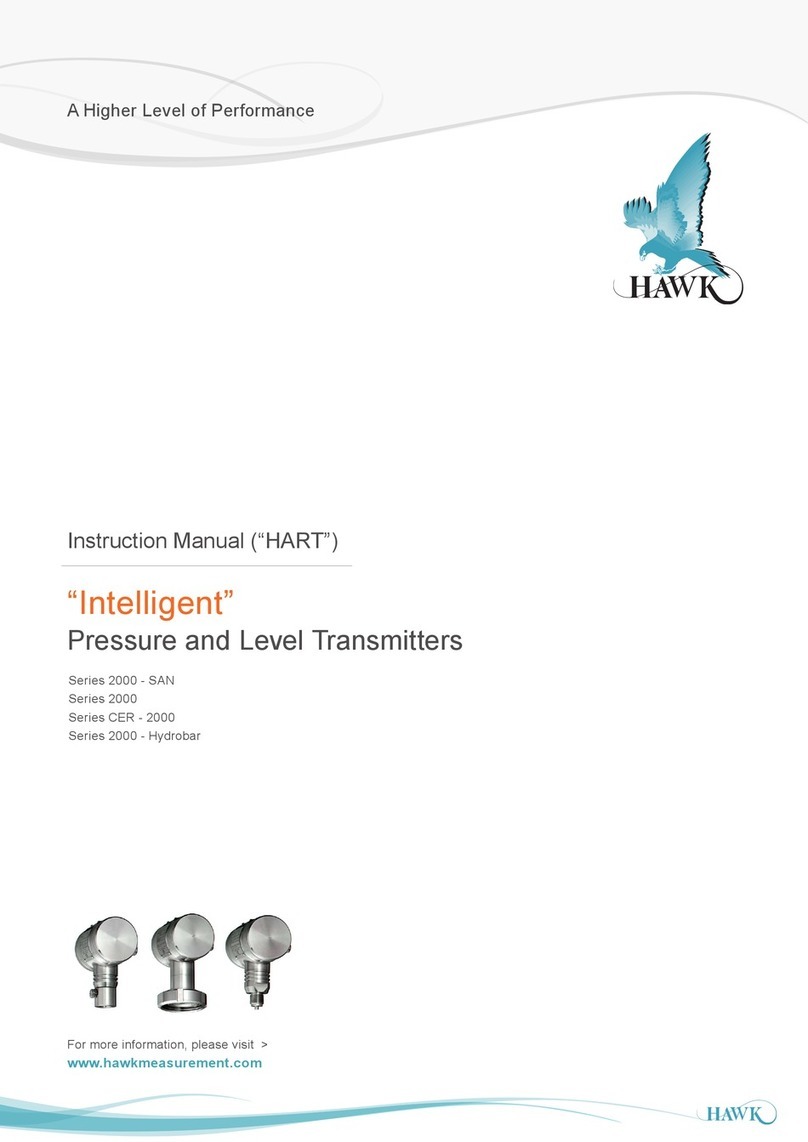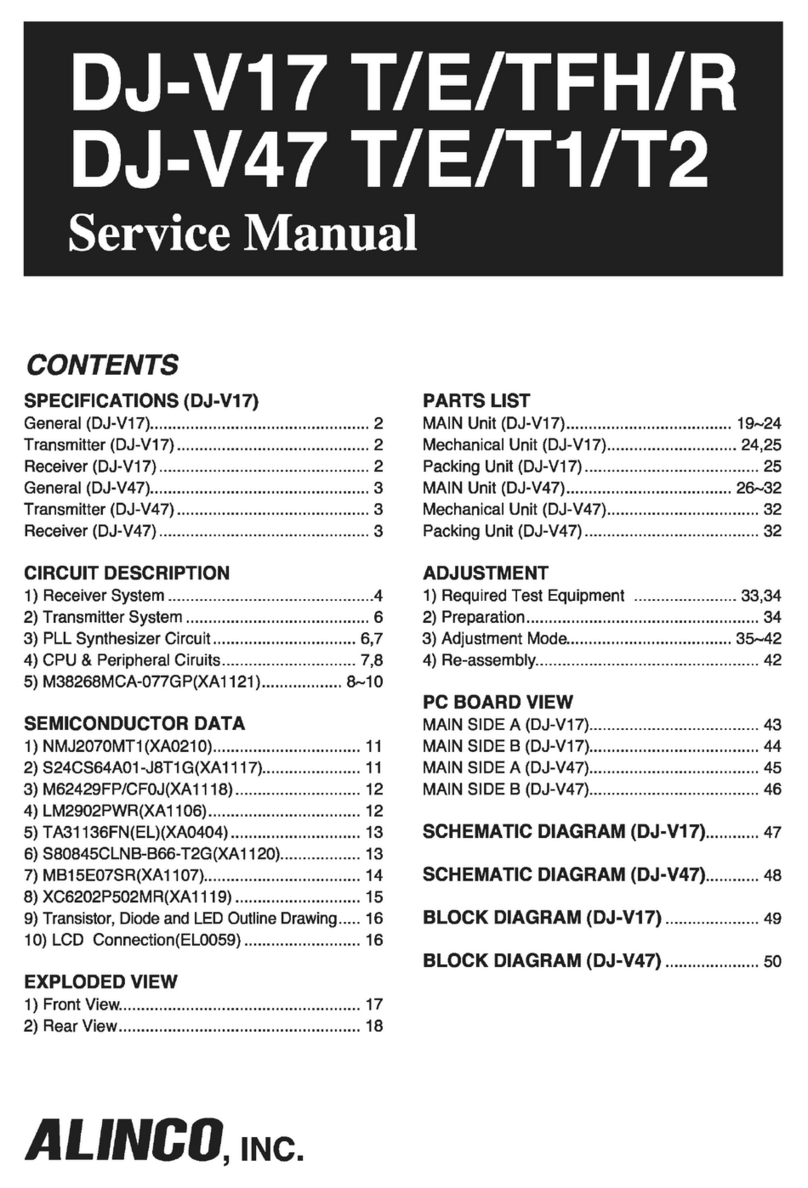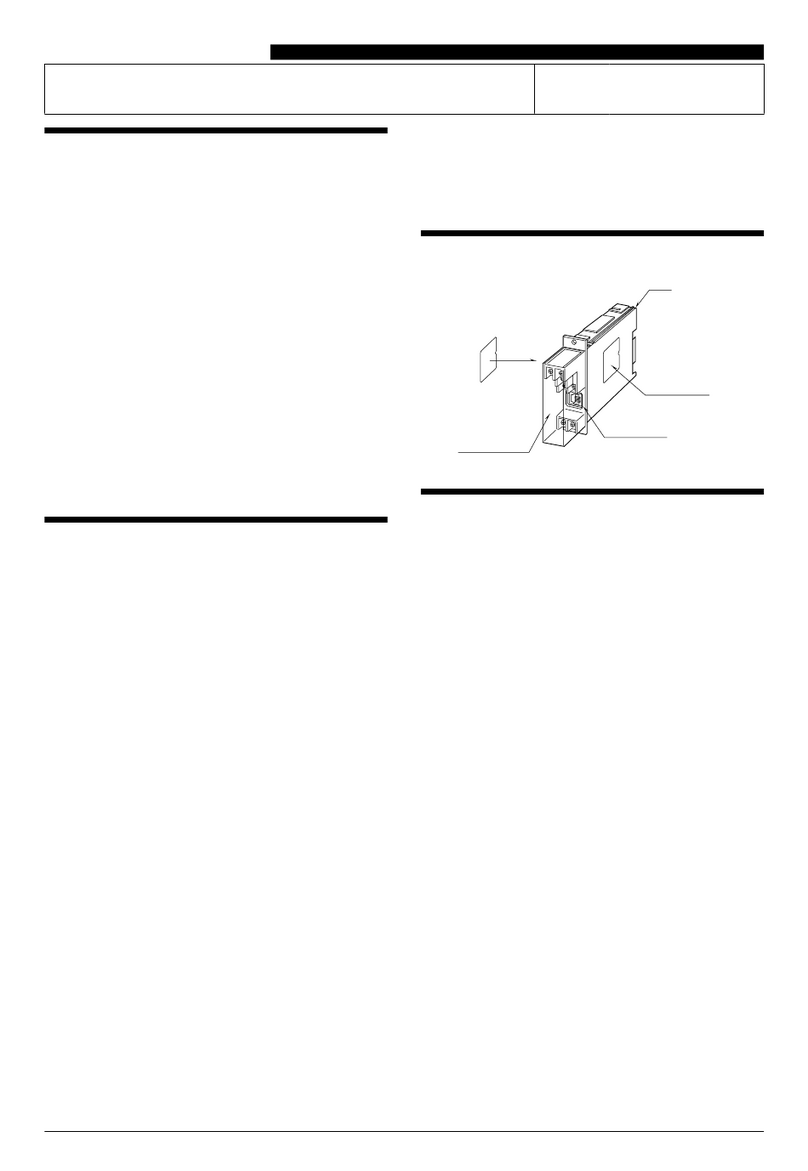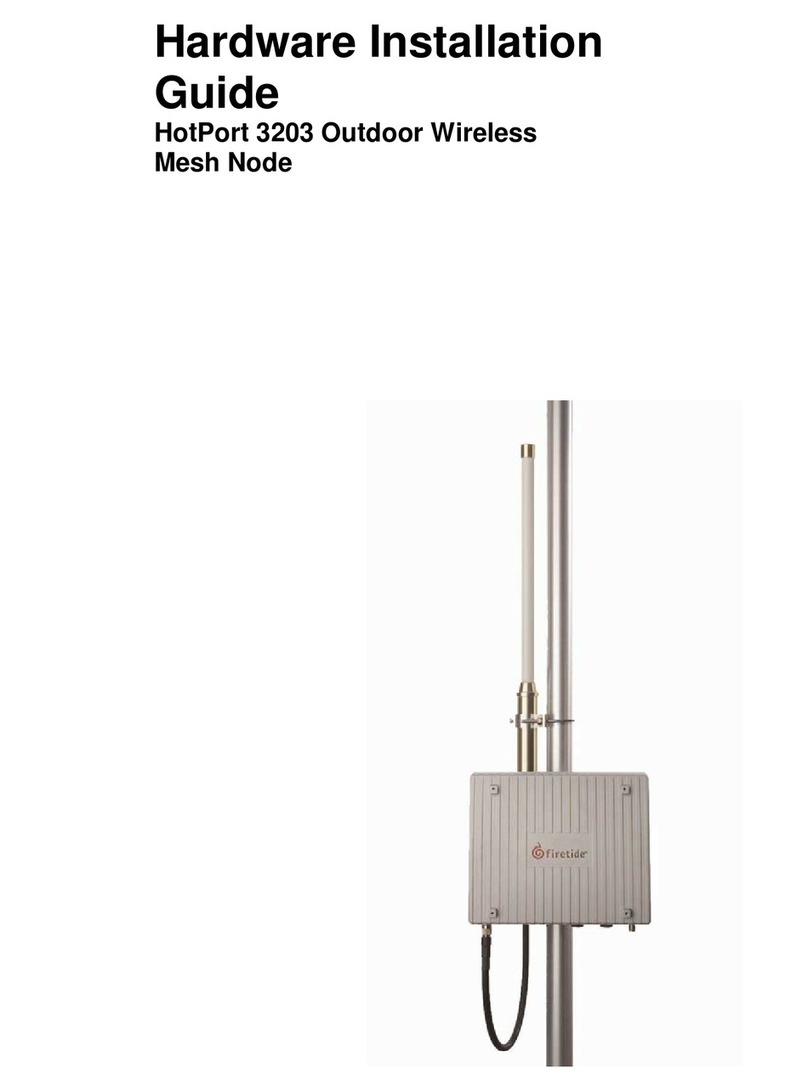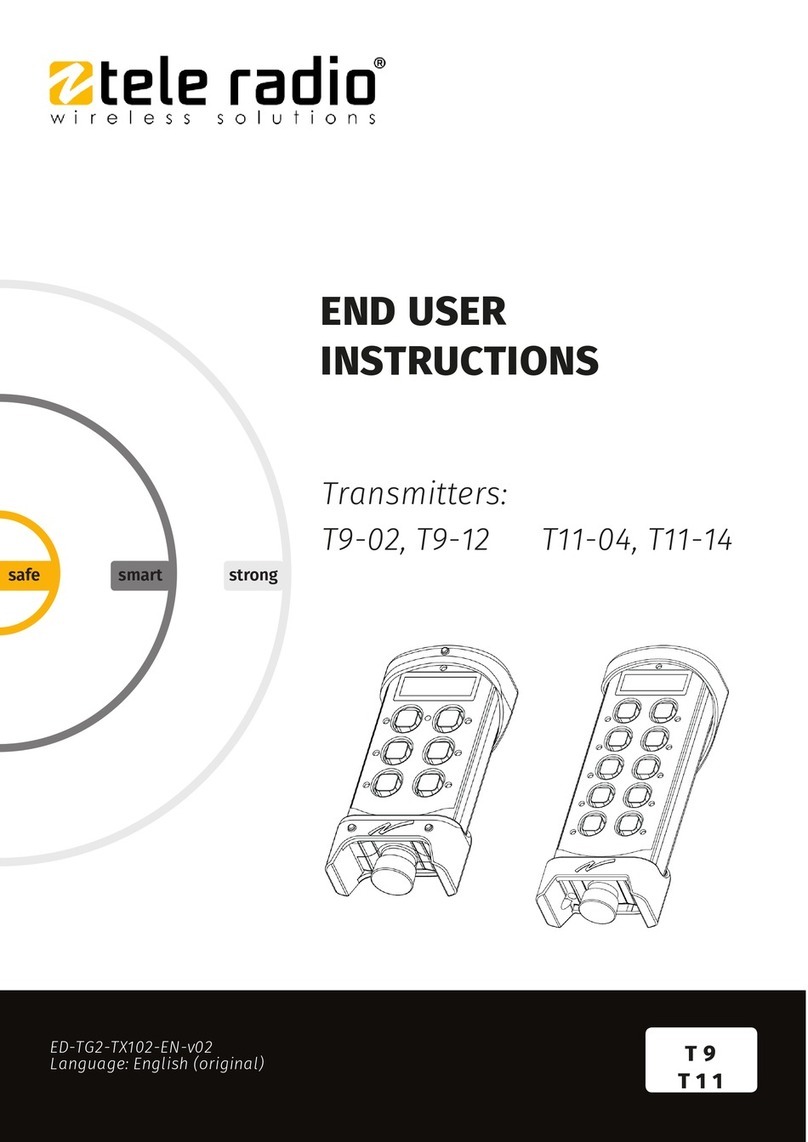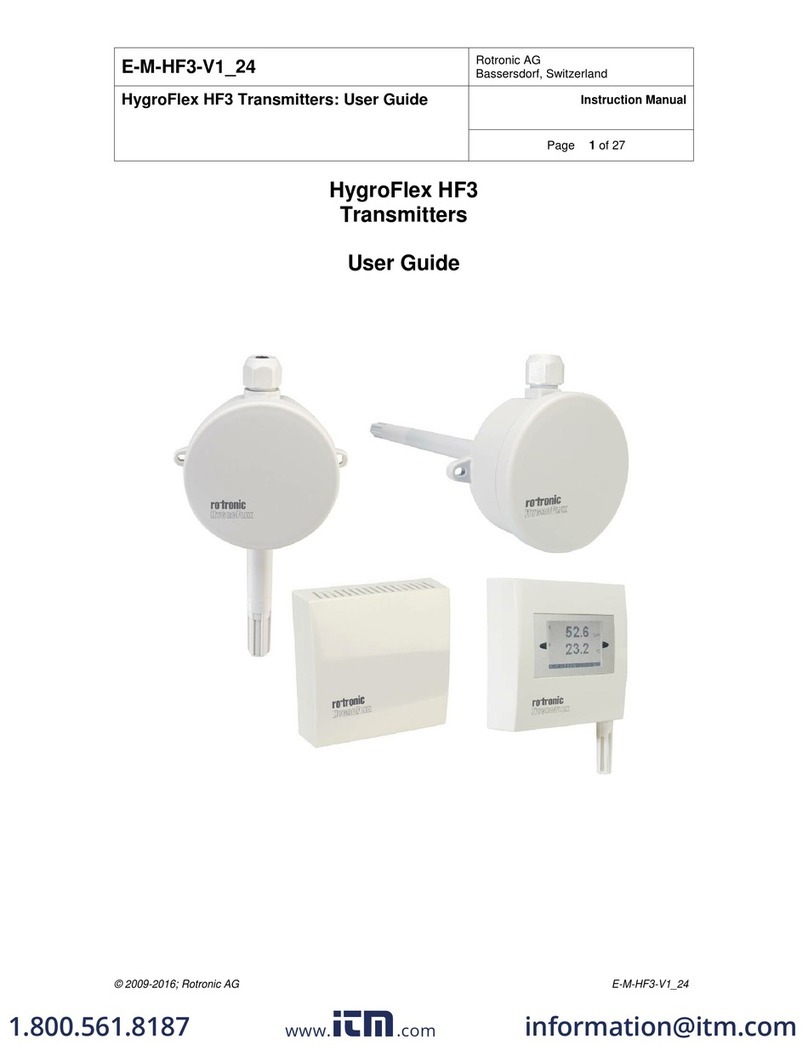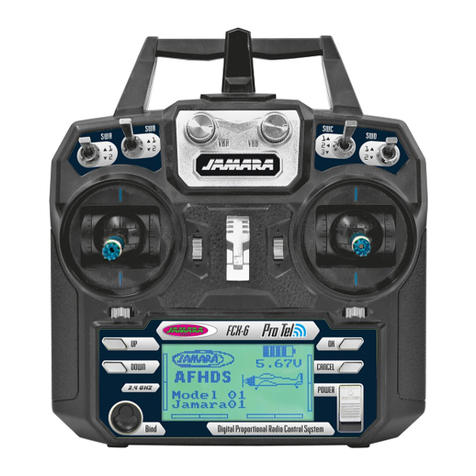
Overview
Gladiator Acoustic Switch Series
2
Introduction
Description Series 2000-RANGE-VALVE
The Series 2000-RANGE-VALVE is a unique combination of the series 2000 and ball Valve. The Series 2000-RANGE-VALVE
is specially designed for the pulp- and paper industry or similar, where clogging is a problem. The very compact construction of
the series 2000-RANGE-VALVE permits flush installation with the tank- or pipe wall. The transmitter part can be removed without
shutting down the process (for example: during cleaning or maintaining activities). The diaphragm (21) is flush with the tank/pipe
when the transmitter is pushed trough the valve and locked in its measuring position. All wetted parts are made of SS 316 (AISI).
Barometric Reference
The SERIES 2000-RAN-VALVE are in basic so-called “relative transmitter” which means that barometric changes will not affect
the zero (4 mA). The venting (4) is placed at the side of the electronic housing and is the barometric reference to atmospheric. The
venting must be kept clean.
SERIES 2000-RANGE-VALVE
Dimensional Drawing
Parts Description (1”)
1. Cover AISI 304
2. Push buttons + display (behind cover)
3. Cover with venting AISI 304
4. Venting PA
5. PG9 cable gland
6. Electronics housing AISI 304
7. Hexagon nut, SW 41 AISI 304
8. Stop AISI 316
9. O-ring (2x) VITON
10. Nipple, SW 41 (1” BSP M 2x) AISI 316
11. Safety Lock AISI 304
12. M4 Bolt AISI 304
13. O-ring VITON
14. Safety Lock AISI 316
15. M4 Bolt (2x) AISI 304
16. Threaded valve joint (1” BSP F) AISI 316
17. Valve body AISI 316
18. M8 Valve Bolt (4x) AISI 316
19. Weld on Nipple diam. 33,4 mm AISI 316
20. Foot with diaphragm AISI 316L
21. Diaphragm Protection AISI 316
Parts Description (1 1/2”) Material
7. Hexagon nut, SW 60 SS 304
10. Nipple, SW 57 (1½’’ BSP M 2x) SS 316
16. Threaded valve joint (1½” BSP F) SS 316
18. M 10 Valve bolt (4x) SS 316
19. Welded spud (outside 48,5 mm) SS 316
For welding and installing the 2000-RANGE-VALVE
read the next page (5) very carefully and follow exactly
the instructions.
Before Welding
1. Unlock the safety lock (14).
2. Unscrew nut (7)
3. Retract transmitter until it does not want any further
4. Unlock the safety lock(11).
5. Unscrew nut (10) from threaded valve joint (16).
6. Retract transmitter from valve
7. Protect diaphragm (21) very carefully
WARNING: Before opening the Valve, make sure that the
transmitter is locked.
WARNING: Read this manual before working with the product. For personal and system safety and for optimum product
performance. Make sure you thoroughly understand the contents before installing, using or maintaining the SERIES
2000-RANGE-VALVE.





